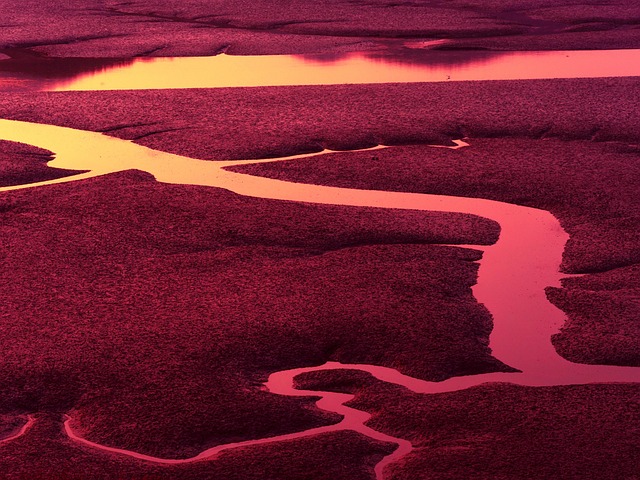Rising Tide: How Climate Change is Impacting Sea Levels
As we stand on the shores of our beautiful planet, we are reminded of the rhythmic dance of the tides. Each wave that crashes against the rocks tells a story of the Earth’s powerful forces, but there’s a new story forming—one that comes with a sense of urgency and concern. The tides are rising, and with them, the implications of climate change are becoming increasingly apparent.
Climate change, driven by human activities, is fundamentally altering the landscape of our oceans. The rising temperatures not only affect the air we breathe but also the water that sustains life. As glaciers and ice sheets melt, a cascade of consequences ensues. Polar regions are losing ice at an alarming rate, contributing to the gradual rise in sea levels. This phenomenon is not just a distant threat; it’s a reality that communities around the globe must confront.
The rising tide poses a profound challenge to coastal cities and island nations. Places that have thrived for generations are now at risk of becoming submerged. Imagine the vibrant neighborhoods and cultural landmarks that could be lost to the ocean’s embrace, not to mention the emotional toll it takes on the residents who call these places home. Communities are left grappling with displacement, loss, and an uncertain future.
Moreover, the impact of rising sea levels extends beyond geography. Ecosystems that depend on delicate coastal habitats are at risk. Mangroves, salt marshes, and coral reefs, which serve as buffers against storms and are vital for biodiversity, find themselves increasingly under threat. The intricate web of life that thrives in these areas is jeopardized, and with it, the livelihoods of those who depend on fishing and tourism.
As stewards of the Earth, it is our responsibility to understand the tides of change and their broader implications. Community engagement and awareness are key in addressing these challenges. Every small action, from reducing carbon footprints to advocating for sustainable policies, can contribute to a shift towards a more hopeful future.
The tide may be rising, but we have the power to navigate these waters. By fostering a deep connection with our environment, we can begin to understand our role within it. Together, we can strive to protect our coastal landscapes and the diverse life they support for generations to come. The time to act is now, before the tide carries away more than just sand and seashells.




